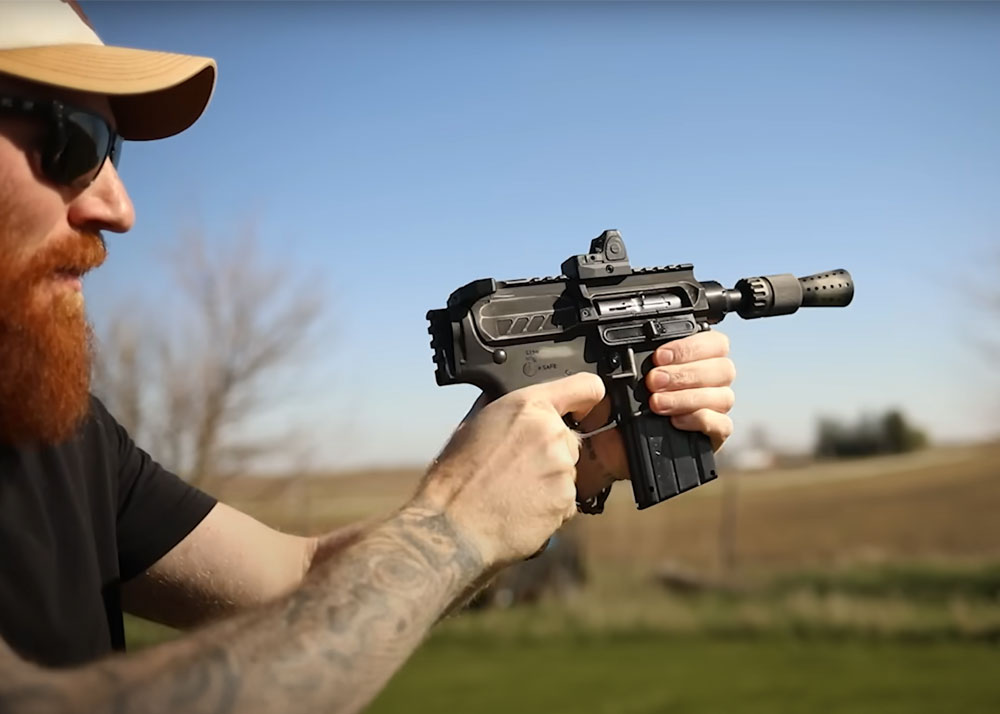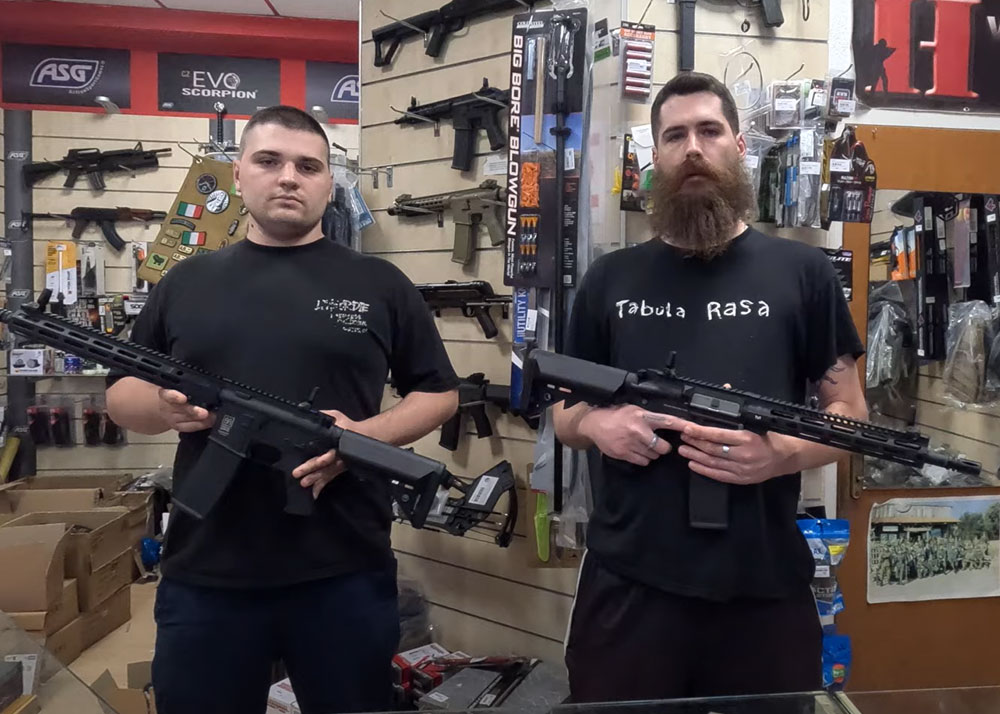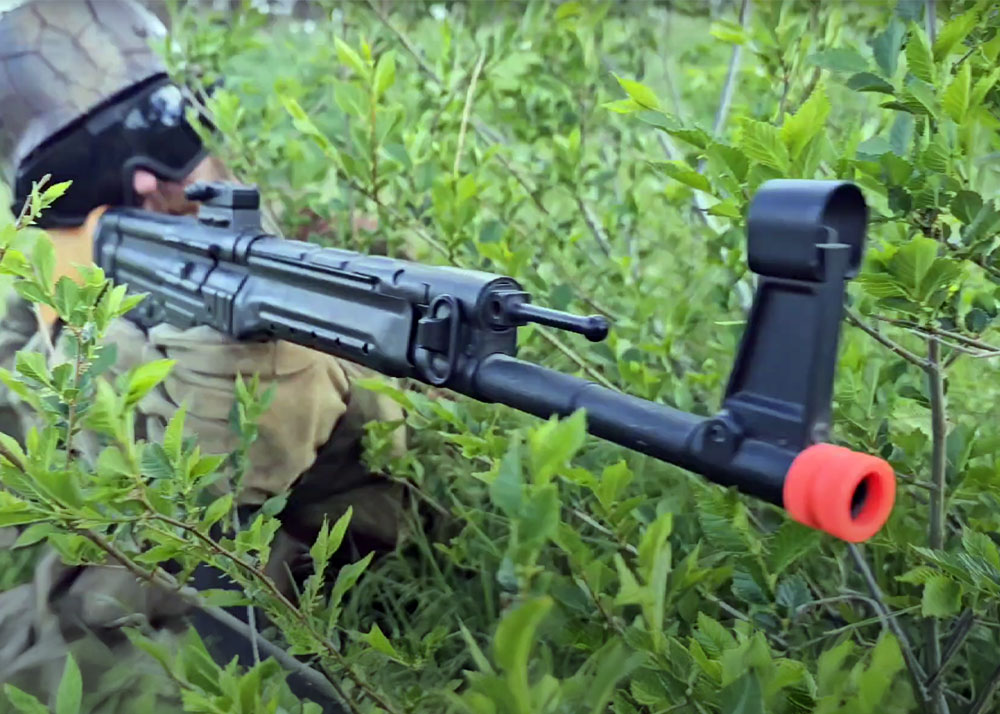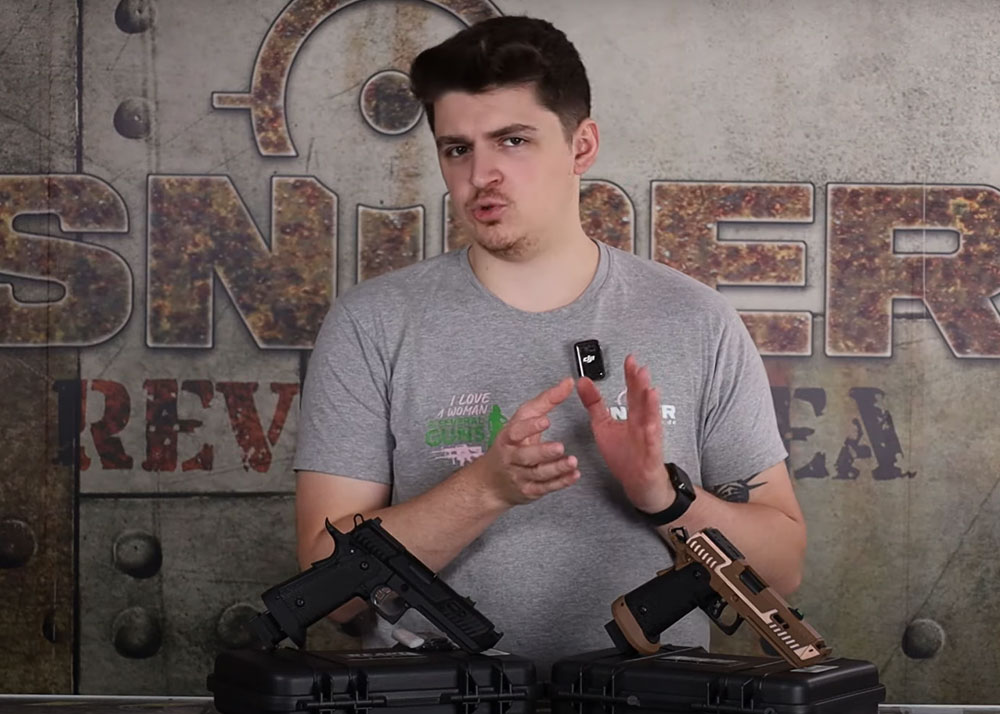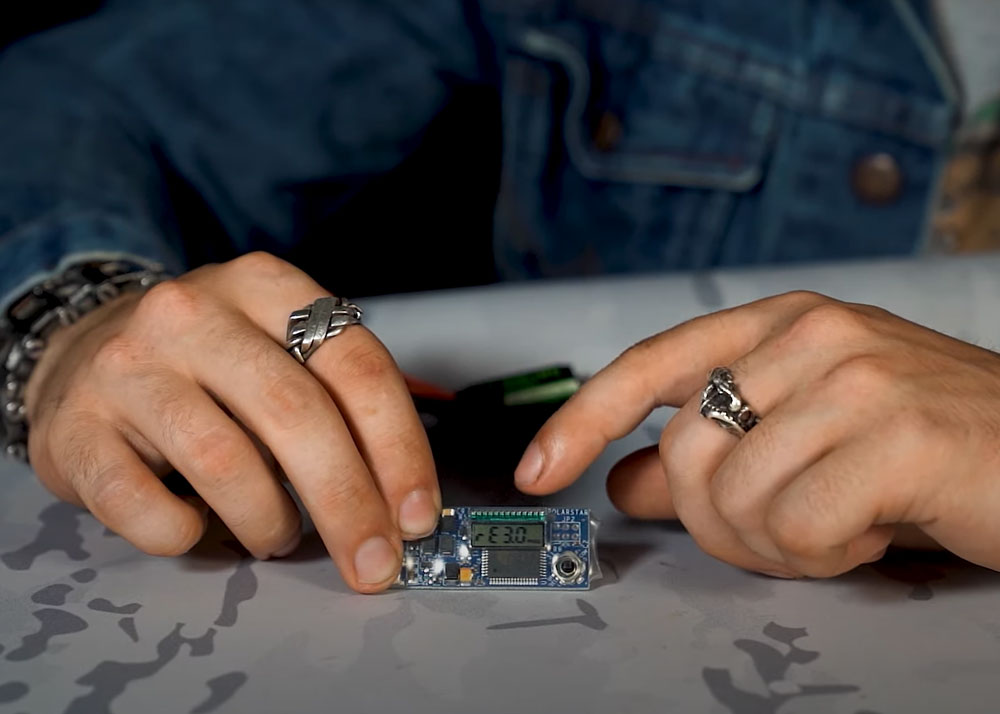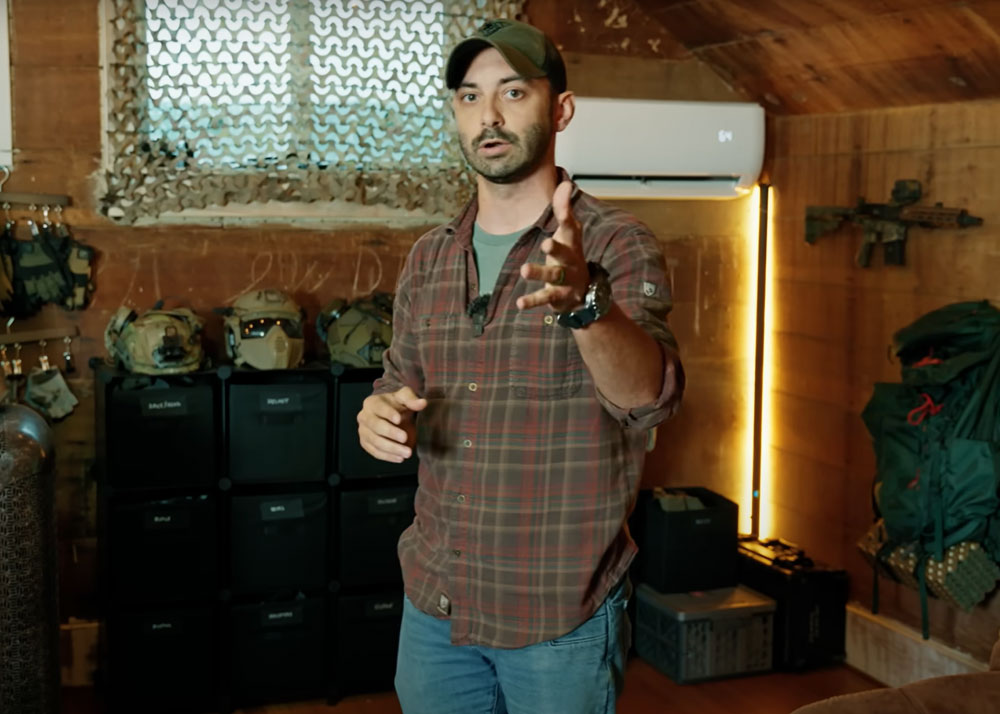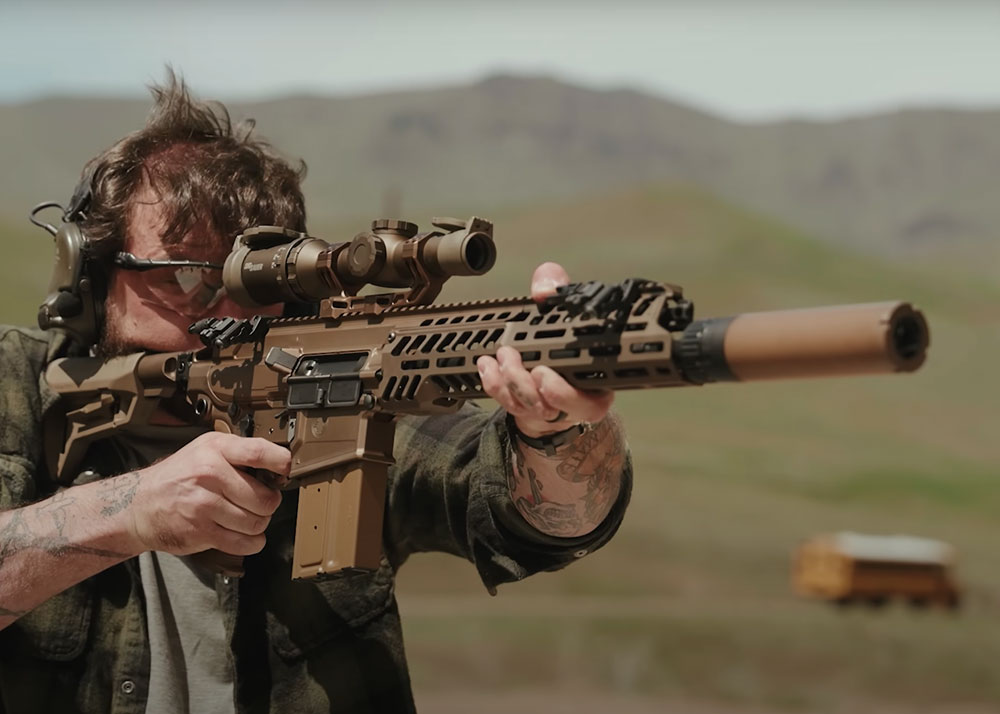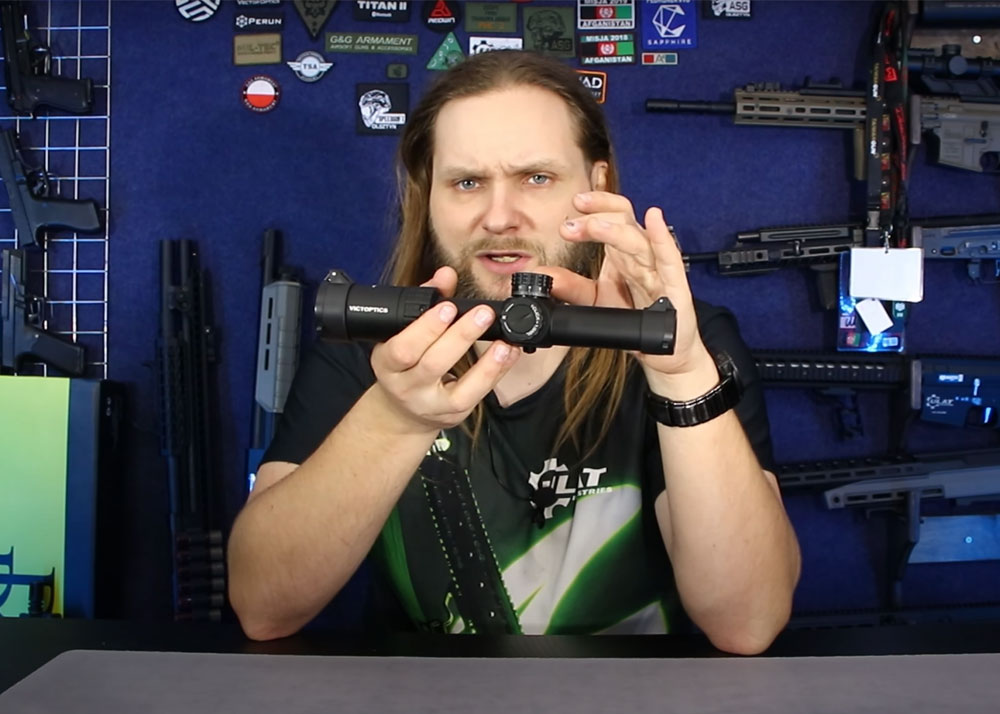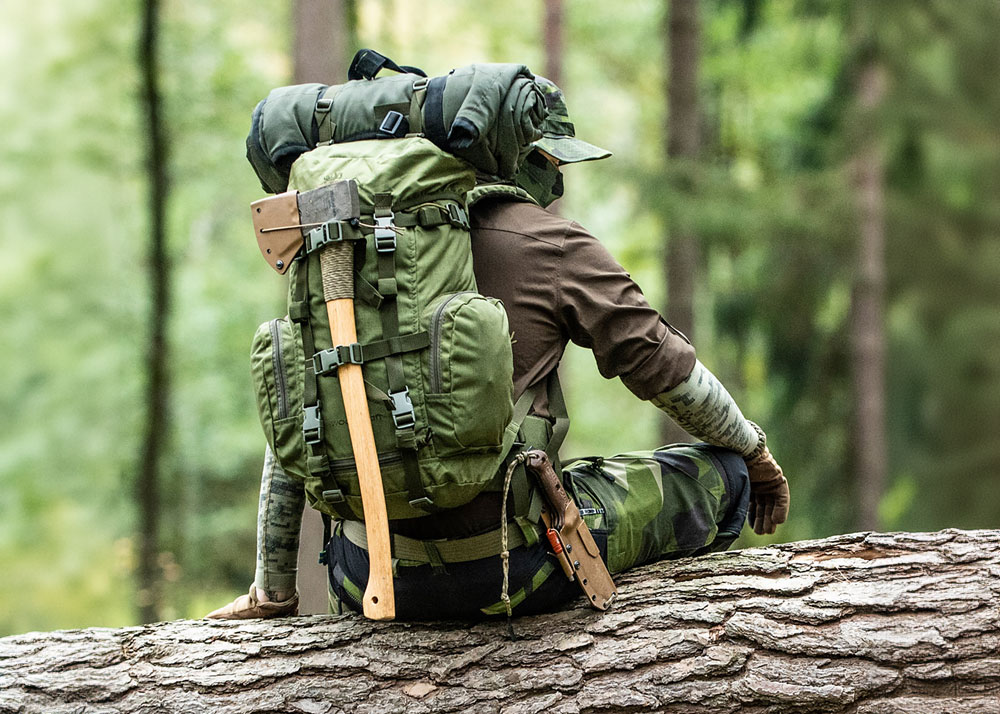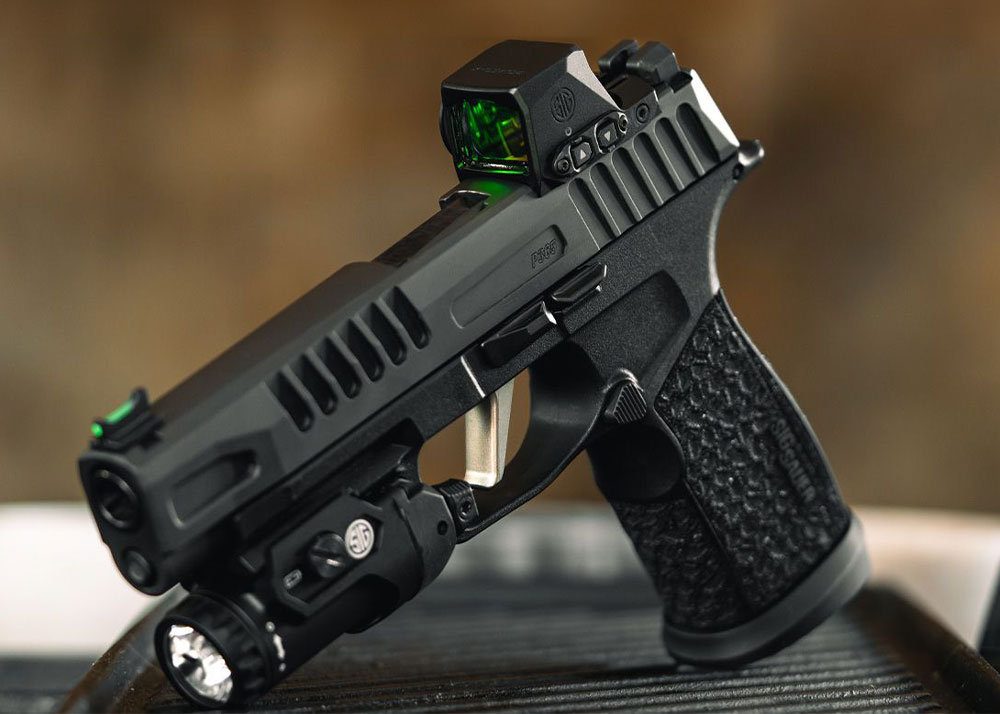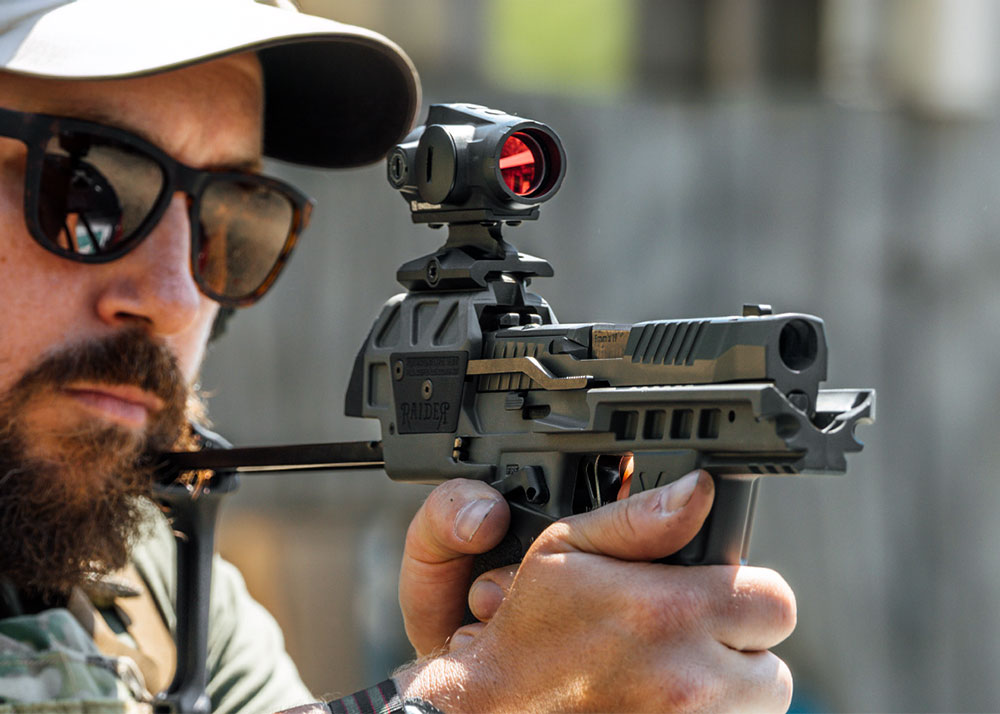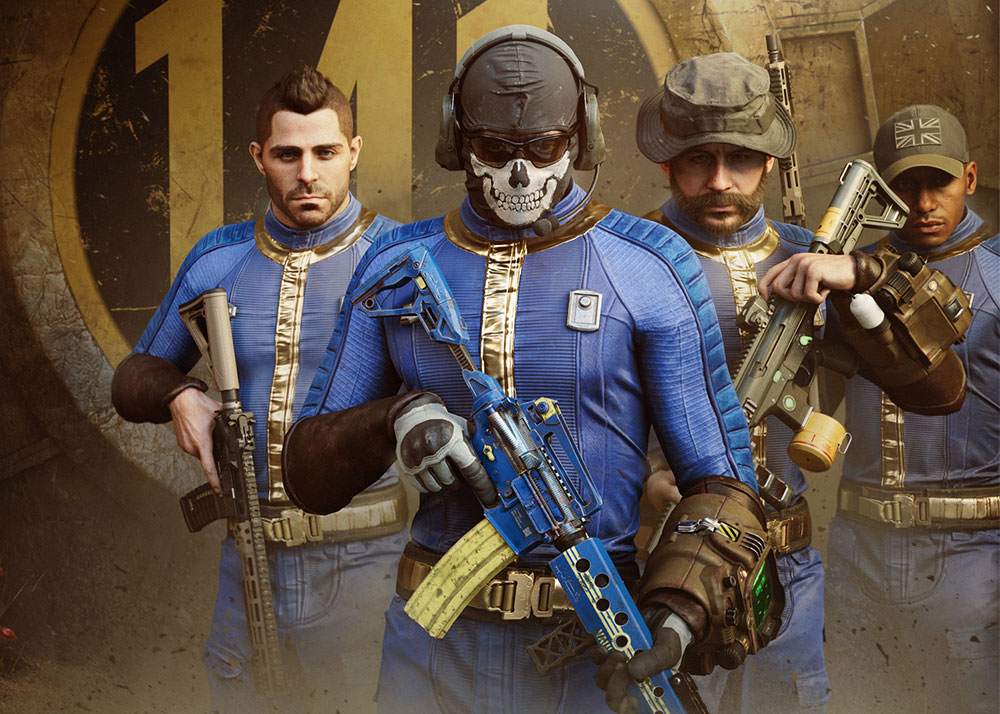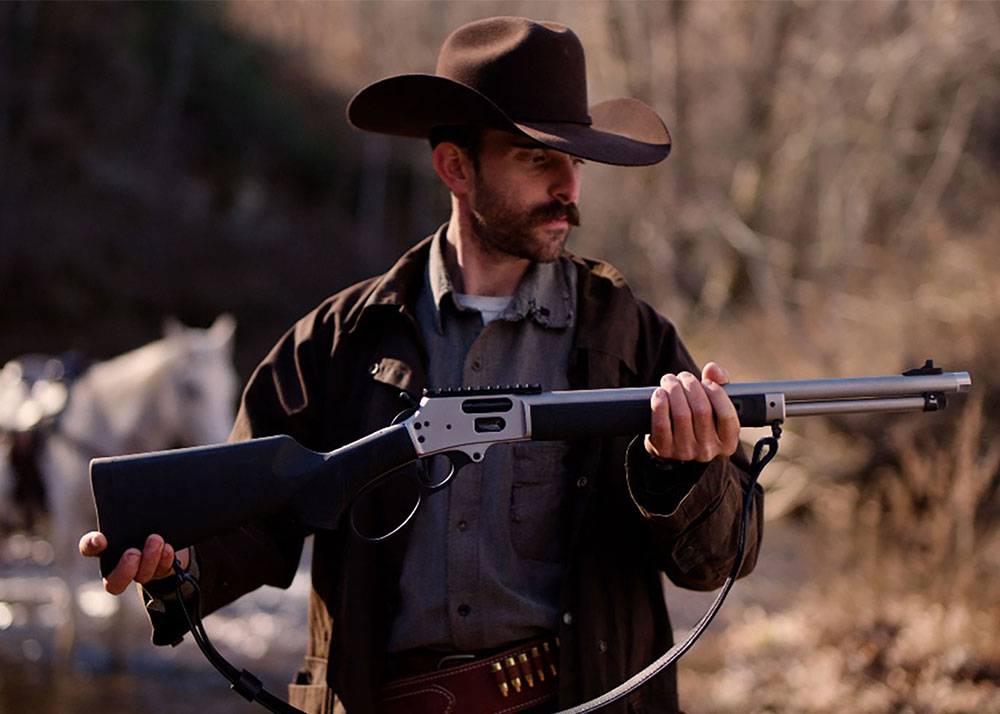U.S. Army Is Using The IVAS “Mixed Reality” Goggles Against Covid-19
Logan
02 May 2020
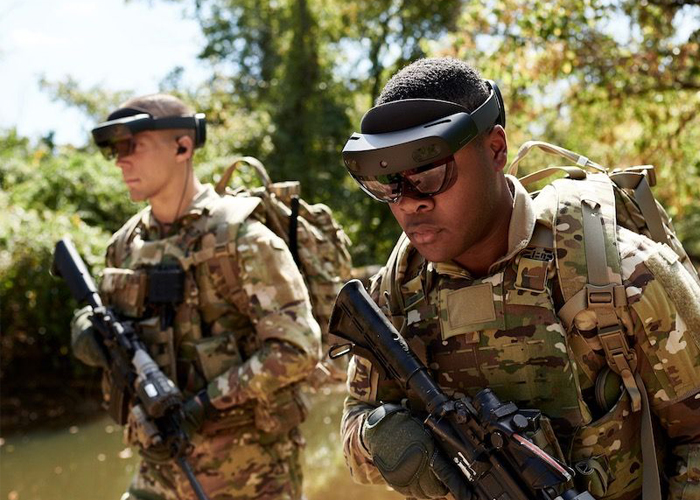
Early this year, the U.S. Army planned on getting over 40,000 units of the Integrated Visual Augmentation Systems (IVAS) “Mixed Reality” Goggles for use by its combat forces. Based on the Microsoft HoloLens 2, the IVAS that can help them identify friend from foe, read detailed maps with the heads-up display, and even see through smoke.
Last April 27, they announced that they are repurposing the prototypes they have on hand to do rapid checking of temperatures of thousands of soldiers who will be undergoing training such as basic course and Ranger school. This is done as a precaution to ensure that the troops don’t show any symptoms of Covid-19 infection as militaries around the world are not immune to the coronavirus.
With the Covid-19 pandemic still spreading around the world, the U.S. Army wants to make sure their troops are healthy and can prevent the spread of infection among units as it will affect combat readiness and ability to respond to threats around the world.
Brig. Gen. Dave Hodne, the director of the Army Future Command's Soldier Lethality Cross Functional Team at Fort Benning, in a news report at the U.S. Army website, said, "A week ago, we were talking about the potential impacts of the pandemic on the IVAS program. Today we're talking about the potential impacts of IVAS on the pandemic."
"That's the genius of this system; we can use this technology today to fight the virus, even as we shape it into the combat system our Soldiers need tomorrow. This shows the extensibility of the IVAS technology and the system," said Brig Gen Tony Potts, the Program Executive Officer Soldier at Fort Belvoir, Virginia, where next-generation capabilities are being developed for the purpose of restoring the overmatch to U.S. forces.
He added, "While we're maintaining momentum in pursuit of modernization, we have to keep in mind that readiness today is critical."
The prototypes that they are using are the evolution of the IVAS prototypes refined through Soldier Touch Point 2 (STP 2), a high-visibility event at Fort Pickett, Virginia that took place last fall. The event demonstrated the utility and acceptability of the goggle in various combat operational environments.
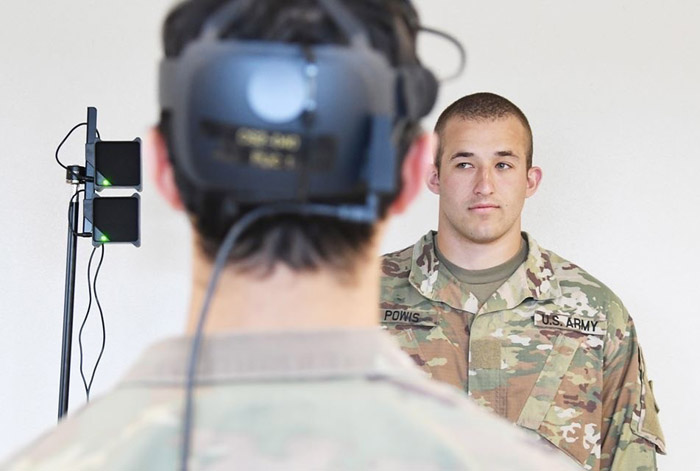
The temperature of a soldier checked by using a modified version of the IVAS googles. (U.S. Army photo by Bridgett Siter)
The STP 2 prototypes are not yet Milspec and thus are not rugged enough to be used outdoors. To conduct temperature checking, operations were done indoors on main post using commercial thermal reference sources to calibrate the imager to room temperature. This is a necessary condition for establishing baseline conditions for comparison.
The credit in using the IVAS for combating Covid-19 can be given to Tom Bowman, the director of IVAS Science & Technology Special Project Office with the C5ISR's Night Vision Laboratory at Fort Belvoir. While watching news about the pandemic from his home in Virginia, it suddenly dawned unto him that the IVAS has thermal sensors that could be adapted to detect a fever.
Bowman then brought a special team to address the pandemic while the rest of his team proceeded with the design and testing. He said, "We've always planned for an agile software system and a digital platform that can be upgraded and adapted to use against emerging threats in the future. No one anticipated the next threat to emerge would be a virus, but that's the enemy we face today."
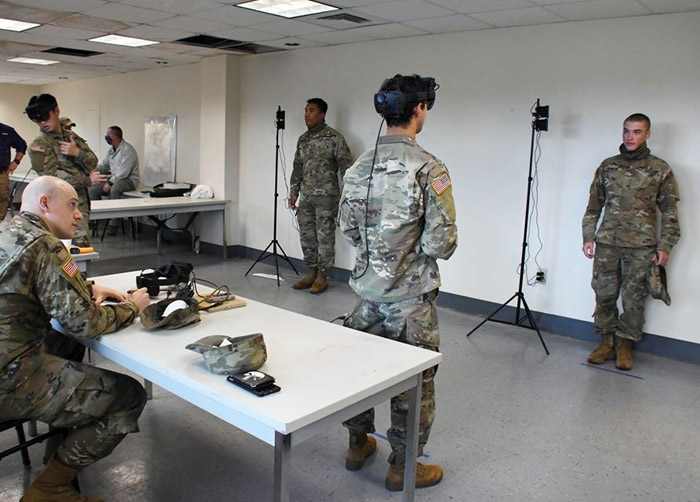
Soldiers taking the temperature of a soldier checked using a modified version of the IVAS googles at Fort Benning, Ga. (U.S. Army photo)
Soldiers in batches of 200 to 300 were filed through the processing center where a soldier with an IVAS goggle with sensors that detect the forehead and inner eye temperature that takes 5 seconds to do. The temperature reading of the soldier is registered in the operator's see-through, heads-up display, making more convenient and sanitary than using conventional thermometers. If any soldier shows a fever, he/she is then directed to a medical evaluation for further evaluation. The system is recalibrated after every tenth soldier and still the process takes less than 30 minutes to check 300 soldiers.
Potts said that the operation using the IVAS for temperature check amidst the pandemic proved to be successful, underscoring the value of the IVAS rapid development, which centers on an iterative design-test-refine process.
The program is a middle tier acquisition rapid prototyping effort and requires the program it to show residual capabilities of its components such as the sensors that which can be repurposed for fever detection and then, can be made for use, for example, on the Family of Weapon Sights - Individual.
Top photo: U.S. Army IVAS goggles (Credit: Courtney Bacon/DVIDS)

